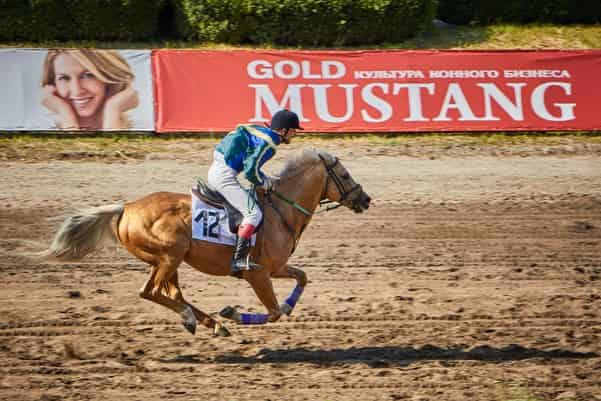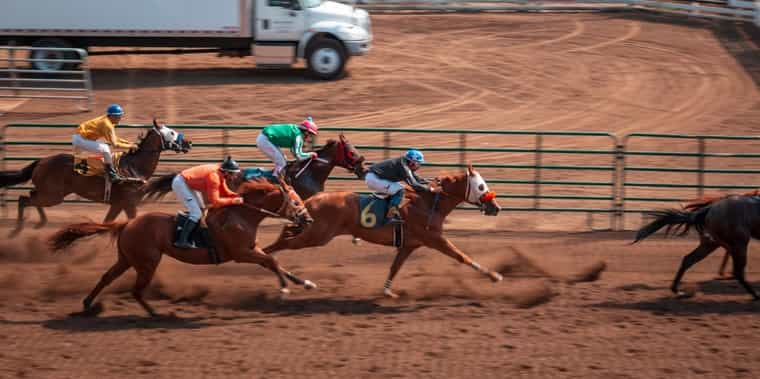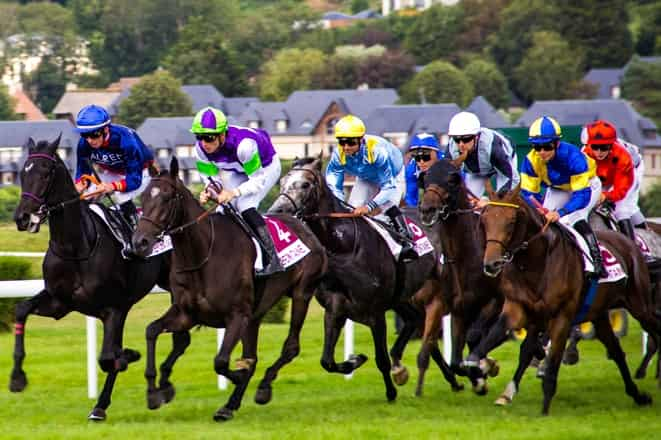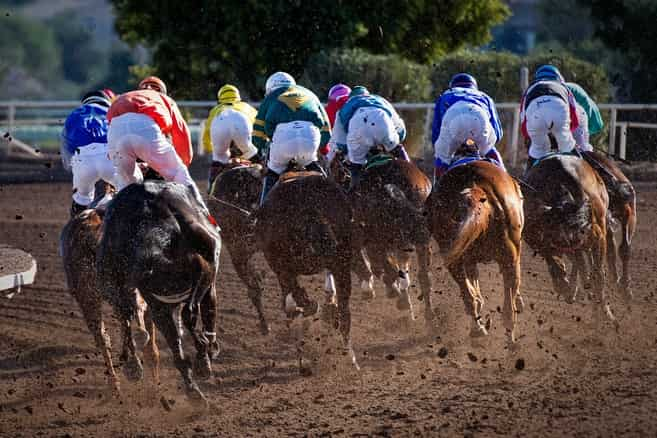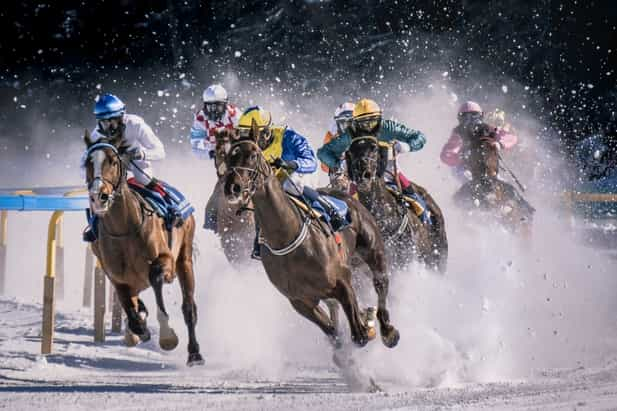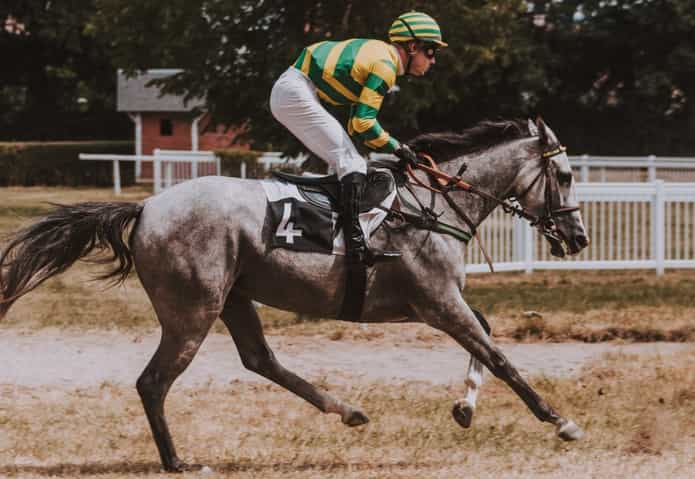Golf is a game that has been played for centuries, with roots dating back to ancient times. Its precise origins are difficult to pin down, but it is generally agreed that golf as we know it today originated in Scotland in the 15th century.
The earliest known mention of golf comes from a Scottish Parliament act in 1457, which banned the playing of “gowf” (an early spelling of golf) because it was seen as a distraction from more serious pursuits such as archery. At this time, golf was played on rough, natural courses with sand dunes and other natural obstacles.
Over time, the game grew in popularity and courses became more refined. In the 18th and 19th centuries, golf became increasingly associated with the upper classes and was played on exclusive private courses. The Royal and Ancient Golf Club of St Andrews, founded in 1754, became the governing body for golf in Scotland and is still one of the most prestigious golf clubs in the world.
The modern game of golf was established in the 19th century, when the rules of the game were standardized and the first golf clubs were formed. The Royal Liverpool Golf Club hosted the first Open Championship in 1860, which is now one of the four major championships in professional golf.
Golf continued to grow in popularity throughout the 20th century, with the founding of many new courses and the establishment of professional tours. Golf has become a global sport, with millions of players around the world and top-level competitions held in countries from the United States to Japan.
As golf grew in popularity throughout the 19th and 20th centuries, many important developments helped shape the game into what it is today. One of the most significant was the introduction of professional tours, which allowed top players to compete for large cash prizes and helped elevate the sport’s profile.
The Professional Golfers’ Association of America (PGA) was founded in 1916, and the first PGA Championship was held in 1916. The British Open, now known as the Open Championship, had been established in 1860, and the U.S. Open was first played in 1895. The Masters, one of the four major championships in modern golf, was first played in 1934.
If You Have It, You Can Make Anything Look Good
Another important development in the history of golf was the invention of new equipment and technologies. The wooden shafts and iron heads that were used in the early days of golf were replaced by more advanced materials such as steel and graphite, which allowed for greater accuracy and distance.
Golf balls also underwent significant changes, with the introduction of rubber cores and dimpled surfaces that helped reduce drag and increase spin. The first golf carts were introduced in the 1950s, making it easier for players to get around the course.
Golf has also had a significant impact on popular culture, with movies, TV shows, and books featuring the sport and its players. Golf courses have become major tourist attractions, with many golfers traveling the world to play famous courses like St. Andrews in Scotland or Pebble Beach in California.
Today, golf remains a popular sport for people of all ages and backgrounds. While it has its share of controversies and challenges, from issues of accessibility and diversity to environmental concerns, golf continues to capture the imaginations of millions of people around the world.




